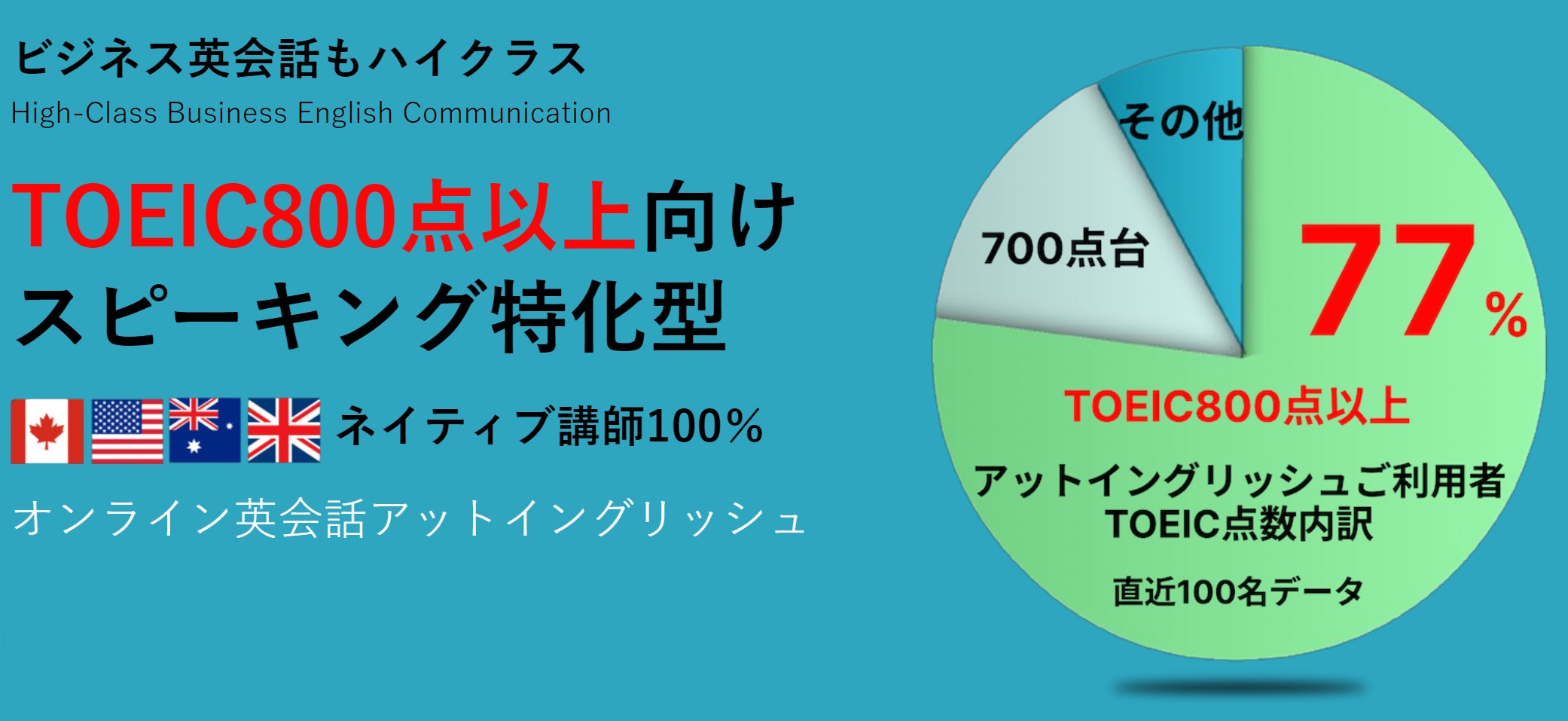CO2の削減について、聴き手を意識した効果的な英語表現を使うようにしましょう。
CO2削減とは何か
二酸化炭素(CO2)の排出量を減少させるための一連の取り組み。CO2は温室効果ガスの一つであり、地球温暖化や気候変動の主な原因とされています。CO2削減は、気候変動の緩和や持続可能な社会の実現を目指すための重要な対策です。
関連用語
carbon dioxide
二酸化炭素、CO2
carbon dioxide concentration (CO2 concentration)
二酸化炭素濃度。(ご参考:大気中の二酸化炭素濃度 atmospheric carbon dioxide concentration)
CO2 emissions
化石燃料の燃焼や産業活動などによって大気中に放出される二酸化炭素の排出。
carbon emissions
炭素を含む化合物が大気中に放出されること。二酸化炭素(CO2)の排出のほか、メタン(CH4)や一酸化炭素(CO)など、他の炭素ベースのガスも含む。これらのガスは、化石燃料の燃焼や工業プロセス、森林破壊などから発生し、温室効果を引き起こし、気候変動の主要な原因となる。
CCS (carbon capture and storage)
CO2を排出源から捕捉し、地中などに安全に貯蔵する技術。
carbon pricing
CO2排出に価格を設定し、企業や個人に排出削減を促す政策。
renewable energy
自然エネルギーを利用して、持続可能な方法で発電するエネルギー。
carbon taxes
CO2排出量に応じて課税し、排出削減を促進する税制度。
cap-and-trade systems
CO2排出上限を設定し、排出枠を取引可能にする制度。
EV charging infrastructure
電気自動車(EV)用の充電ステーションや関連施設。
reforestation and afforestation
伐採地の再植林や新たに森林を作る活動。
industrial CO2 emissions
工業活動から排出される二酸化炭素。
carbon neutrality (carbon neutral)
カーボン・ニュートラル。排出される二酸化炭素の量を、植林や再生可能エネルギーの利用などで相殺し、全体として大気中に放出される二酸化炭素の量をゼロにすること。
carbon footprint
個人、企業、製品、または活動が直接・間接的に排出する二酸化炭素(CO2)やその他の温室効果ガスの総量。活動や消費によってどれだけの温室効果ガスが排出されるか、可視化したもの。
CO2削減に関する論点
カーボンプライシング(炭素税や排出権取引制度)の有効性
The effectiveness of carbon pricing mechanisms in reducing CO2 emissions.
再生可能エネルギーの役割
The role of renewable energy in achieving significant CO2 reductions.
技術革新(イノベーション)の影響
The impact of technological innovation on CO2 reduction strategies.
化石燃料から持続可能なエネルギー源への移行における課題
The challenges of transitioning from fossil fuels to sustainable energy sources.
取り組みにおける国際協力
The importance of international cooperation in global CO2 reduction efforts.
経済に与える影響
The economic implications of implementing CO2 reduction policies.
グリーン製品の需要を通じてCO2削減を促進する消費者行動の役割
The role of consumer behavior in driving CO2 reduction through demand for green products.
特に発展途上国における、CO2削減措置に関する公平性の問題
The equity concerns surrounding CO2 reduction measures, particularly for developing countries.
炭素回収・貯留(CCS)技術の可能性
The potential for carbon capture and storage (CCS) technologies to contribute to CO2 reduction.
長期的な環境および健康面での利益
The long-term environmental and health benefits of reducing CO2 emissions.
CO2削減の取組み
炭素税や排出量取引制度などのカーボンプライシング政策の導入
Implementing carbon pricing policies, such as carbon taxes or cap-and-trade systems.
太陽光、風力、水力などの再生可能エネルギー源への移行
Transitioning to renewable energy sources, including solar, wind, and hydropower.
建物、交通、産業プロセスにおけるエネルギー効率の改善
Improving energy efficiency in buildings, transportation, and industrial processes.
電気自動車(EV)の導入を促進し、EV充電インフラ拡充
Promoting the adoption of electric vehicles (EVs) and expanding EV charging infrastructure.
炭素回収・貯留(CCS)技術の研究開発の支援
Supporting research and development of carbon capture and storage (CCS) technologies.
公共交通機関やその他の低炭素移動手段の利用促進
Encouraging the use of public transportation and other low-carbon mobility options.
エネルギー効率の高い家電の使用など、家庭や企業における省エネルギーの実践推進
Implementing energy-saving practices in households and businesses, such as using energy-efficient appliances.
大気中のCO2を吸収するための植林および再植林プロジェクト
Reforestation and afforestation projects to absorb CO2 from the atmosphere.
食品廃棄物の削減と持続可能な農業慣行の促進
Reducing food waste and promoting sustainable agriculture practices.
産業におけるCO2排出規制の厳格化
Implementing strict regulations on industrial CO2 emissions.
「CO2排出量削減」に関連する英語面接での発言例
Example 1
In my previous role, I was responsible for leading a sustainability initiative that successfully reduced CO2 emissions by 20% within two years by optimizing our energy consumption and switching to renewable energy sources.
前職では、エネルギー消費の最適化と再生可能エネルギーへの切り替えにより、2年間でCO2排出量を20%削減することに成功した持続可能性イニシアティブを主導していました。
Example 2
I played a key role in developing a comprehensive plan to cut CO2 emissions across all company operations, which included improving energy efficiency and implementing a carbon offset program.
私は、エネルギー効率の改善とカーボンオフセットプログラムの導入を含む、全社的なCO2排出量削減計画の策定において重要な役割を果たしました。
Example 3
Our team’s efforts to reduce CO2 emissions were recognized at the industry level, particularly for our innovative use of waste heat recovery systems in manufacturing.
CO2排出量削減に向けた私たちのチームの取り組みは、特に製造における廃熱回収システムの革新的な利用が業界レベルで認められました。
By advocating for and implementing a telecommuting policy, I contributed to a 15% reduction in CO2 emissions from employee commuting.
テレワークポリシーの導入と推進により、従業員の通勤によるCO2排出量を15%削減することに貢献しました。
近年のCO2排出量削減に関連する出来事や発言
IPCC Report (April 2024)
The 2024 IPCC report was released in April, emphasizing that climate change is progressing faster than previously anticipated and calling for an accelerated reduction in CO2 emissions.
IPCC報告書 (2024年4月): 2024年4月に発表されたIPCC報告書は、気候変動が予測以上に進行していることを強調し、CO2排出量削減を加速する必要性を訴えました。
G7 Summit Climate Action Declaration (June 2024)
In June 2024, at the G7 Summit, member nations pledged to further strengthen their climate actions, announcing new policies aimed at drastically reducing emissions by 2030.
G7サミット気候行動宣言 (2024年6月): 2024年6月、G7サミットにおいて、加盟国は気候変動対策をさらに強化することを宣言し、2030年までに排出量を大幅に削減する新たな政策を発表しました。
Expansion of Green Finance (2024)
Throughout 2024, green finance expanded significantly on a global scale, with increased funding for CO2 reduction projects, especially in sustainable infrastructure and renewable energy.
グリーンファイナンスの拡大 (2024年): 2024年を通じて、グリーンファイナンスが世界的に大きく拡大し、持続可能なインフラや再生可能エネルギーへの資金調達が増加しました。
Canada’s 2050 Net-Zero Law (February 2024)
In February 2024, Canada passed the “2050 Net-Zero Law,” establishing a legal framework to achieve carbon neutrality by 2050, including interim targets and a rigorous monitoring system.
カナダの「2050ネットゼロ法」の成立 (2024年2月): 2024年2月、カナダは「2050ネットゼロ法」を成立させ、2050年までにカーボンニュートラルを達成するための法的枠組みを確立しました。
Innovation in Renewable Energy (2024)
Over the course of 2024, there were continued innovations in the renewable energy sector, with significant advances in energy storage technologies and the development of smart grids.
再生可能エネルギーのイノベーション (2024年): 2024年を通じて、エネルギー貯蔵技術やスマートグリッドの進化が進み、再生可能エネルギーの導入が加速しました。
UN Secretary-General’s “Global Boiling” Comment (July 2023)
On July 27, 2023, UN Secretary-General António Guterres made a landmark statement during a press briefing at the UN headquarters in New York, declaring that “the era of global warming has ended; the era of global boiling has arrived.”
国連事務総長の「地球沸騰」発言 (2023年7月): 2023年7月27日、国連本部での記者会見で、国連事務総長アントニオ・グテーレスが「地球温暖化の時代は終わり、地球沸騰の時代が到来した」と宣言し、気候危機の深刻さを訴えました。
UN Climate Change Summit (September 2023)
The UN hosted a Climate Change Summit in September 2023, bringing together governments, businesses, and civil society to report on progress in climate action and emphasizing the need for accelerated emission reductions.
国連気候変動サミット (2023年9月): 2023年9月、国連は気候変動サミットを開催し、政府、企業、社会団体が集まり、気候行動の進展を報告しました。このサミットでは、排出削減と適応策の加速が強調されました。
Energy Price Surge and Renewable Energy Promotion (2022)
Following the Russia-Ukraine war in early 2022, energy prices surged, prompting many countries to accelerate the development and deployment of renewable energy.
エネルギー価格高騰と再生可能エネルギー促進 (2022年): 2022年初頭のロシア・ウクライナ戦争に伴うエネルギー価格の高騰が、多くの国で再生可能エネルギーの開発と導入を加速させました。
Inflation Reduction Act in the United States (August 2022)
In August 2022, the United States passed the Inflation Reduction Act (IRA), making substantial investments in climate change mitigation and promoting clean energy technologies.
米国のインフレーション削減法 (2022年8月): 2022年8月、米国はインフレーション削減法(IRA)を成立させ、気候変動緩和への大規模な投資を行い、クリーンエネルギー技術を推進しました。
IPCC Report (February 2022)
The 2022 IPCC report, released in February, warned of widespread climate change impacts and stressed the urgency of rapid CO2 emission reductions.
IPCC報告書 (2022年2月): 2022年2月に発表されたIPCC報告書は、気候変動の影響が既に広範囲に及んでおり、早急なCO2排出削減が必要であることを強調しました。
China’s Carbon Neutrality Goal (2021)
Throughout 2021, China announced and set concrete targets to achieve carbon neutrality by 2060, focusing on energy-saving technologies and renewable energy expansion.
中国のカーボンニュートラル目標 (2021年): 2021年、中国は2060年までにカーボンニュートラルを達成するための具体的な目標を設定し、エネルギー効率向上技術や再生可能エネルギーの拡大に注力しました。
Rejoining of the Paris Agreement by the United States (February 2021)
In February 2021, under President Joe Biden, the United States officially rejoined the Paris Agreement and committed to reducing greenhouse gas emissions by 50-52% by 2030.
米国のパリ協定再加入 (2021年2月): 2021年2月、ジョー・バイデン大統領の下、米国は正式にパリ協定に再加入し、2030年までに温室効果ガス排出を50-52%削減することを約束しました。
EU’s “Fit for 55” Package (July 2021)
The European Union launched the “Fit for 55” package in July 2021, aiming to reduce emissions by at least 55% by 2030, including carbon market reforms and expanded adoption of renewable energy.
EUの「Fit for 55」パッケージ (2021年7月): 2021年7月、欧州連合は「Fit for 55」パッケージを発表し、2030年までに少なくとも55%の排出削減を目指す政策を導入しました。これには、炭素市場の改革や再生可能エネルギーの導入拡大が含まれます。
UN Secretary-General’s “Code Red” Declaration at COP26 (November 2021)
In November 2021, at COP26, UN Secretary-General António Guterres declared a “Code Red” for humanity, urging countries to adopt stronger emission reduction targets and take concrete action.
COP26での国連事務総長の「コードレッド」宣言 (2021年11月): 2021年11月、COP26において、国連事務総長アントニオ・グテーレスが「コードレッド」を宣言し、気候危機の深刻さを強調し、各国に対して強力な排出削減目標と具体的な行動を求めました。










